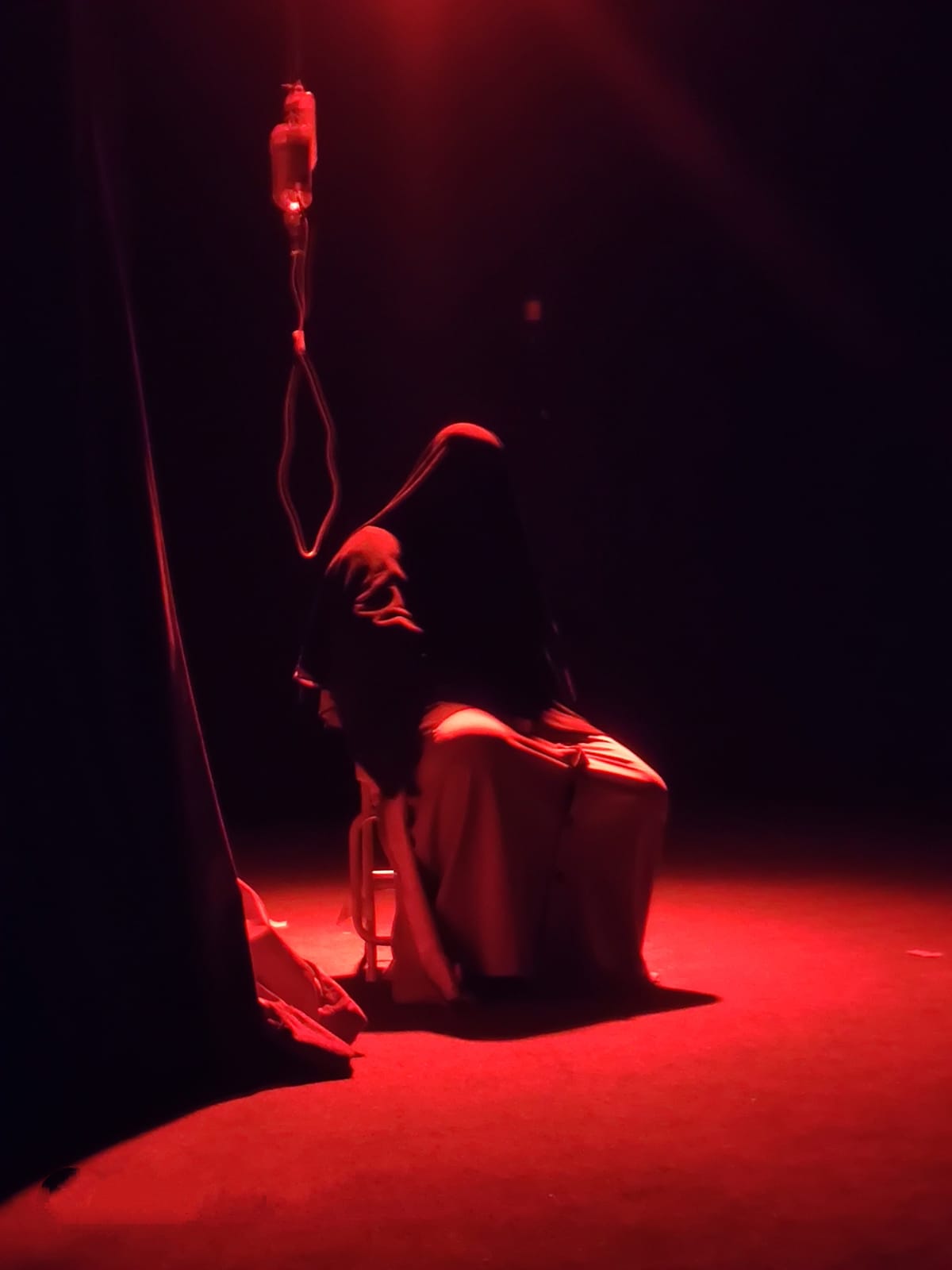The connotations of fertility and reproduction and their representations in Mesopotamian art
Keywords:
Keywords:- Fertility, reproductionAbstract
The current research deals with the study of (the connotations of fertility and reproduction and their representations in Mesopotamian art). Fertility and reproduction have a profound impact on cultural thought، as they represent in Mesopotamian civilization a vital requirement. Man’s life has depended on what the earth produces in terms of livelihood to sustain his continued existence، as barrenness was the most severe. Natural manifestations are cruel to his life That is why the search for fertile and multiplying habitats was his great concern and finding such habitats was his ultimate goal، and the way to stability and reassurance about his life and the lives of his animals. Thus، the Rafidini sanctified everything that gives life and extends its permanence and continuation. Women constituted the primary source of fertility and reproduction in life through Knowing this in ancient Mesopotamian thought and art،In addition to the elements of the surrounding natural environment that embody the ideas of fertility، growth، and renewal in nature، he went to organize the magical practices and rituals that take place in multiple seasons by preparing these factors and urging them to maintain fertility and growth in existence، and reflecting this in the artistic achievement، which is one of the receipts of the Mesopotamian civilization. The research community was limited precisely، so the researcher was forced to rely on what was available and documented (books، magazines، and Internet sites، including artists’ sites on the World Wide Web)
Given the breadth of artistic trends and movements in Mesopotamian art، it is therefore difficult to set a framework or limit society to a final number of artistic works within a specific time period in Mesopotamian civilization، in a way that achieves the goal of the research and covers its borders. The total artistic productions reached (20) models represented by painting and sculpture، in addition to paintings. Available in some primary sources and on informational Internet pages، which represent the current research community، the researcher relied on the descriptive analytical method and chose three samples from the research community.
The most important conclusions are:
- Male representations: It included the following symbols:
(Physical strength/the male organ/the seed of fertility (the man’s water).
- Female representations: It included the following symbols:
(Nudity/large breasts/feminine triangle/hip enlargement/motor posture/eroticism and its sanctity/the woman’s womb/manifestations of pregnancy/birth and creation/adornment).
- Plant symbols: It included the following symbols:
(Productive land / seed / palm tree / plant growth / ears / fruit / abundance of crops / wild flower...).
- Common symbols: It included the following symbols:
(Man and female/female and child/man، female and child).
- Animal symbols: It included the following symbols:
(cattle/bull/lion/fish/snake/deer/eagle).
- Combined symbols: They included the following symbols:
(human - animal)/(animal - animal).
Keywords:- Fertility, reproduction




